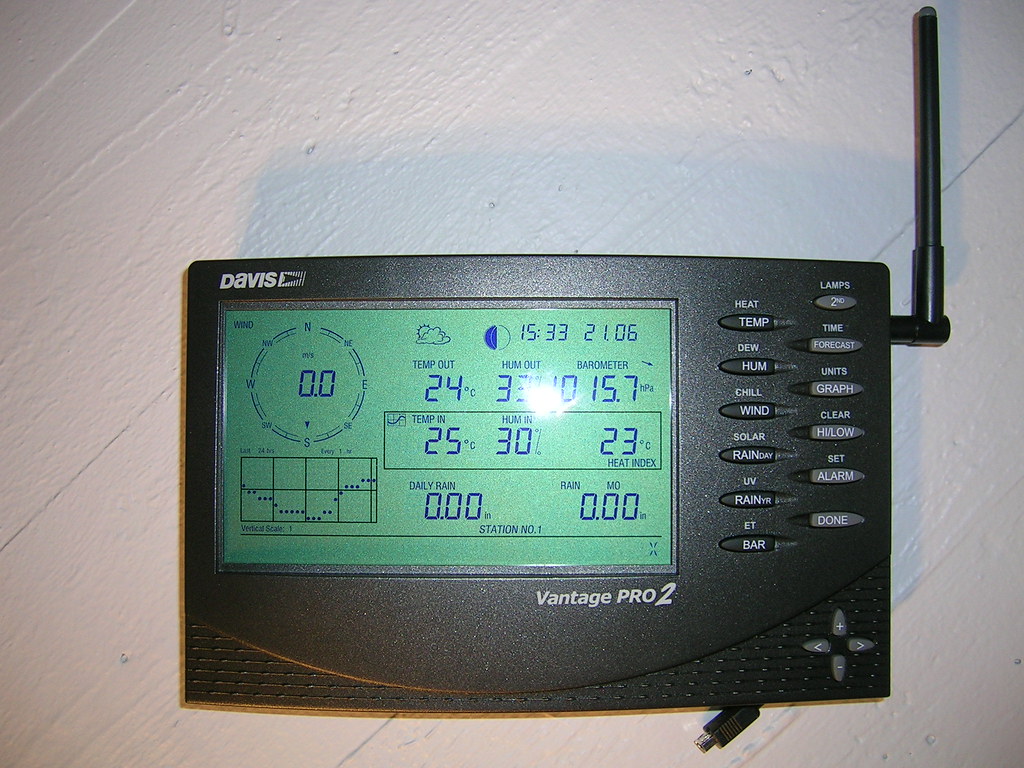 Living in a country stretching 1800 km North-South, with a very elongated form, comprising fjords and mountains, most Norwegians are very concerned about the weather. The weather varies a lot, and the regional differences are often extensive. Where I come from, we are used to having three seasons in a day, every day. It is just the way it is - and we have a saying sounding something like this: "There is no bad weather, only bad clothes". If you will see this yourself; take a look at our local university's weathercam. At this site you will find years of weather statistics and great time-lapse videos.
Living in a country stretching 1800 km North-South, with a very elongated form, comprising fjords and mountains, most Norwegians are very concerned about the weather. The weather varies a lot, and the regional differences are often extensive. Where I come from, we are used to having three seasons in a day, every day. It is just the way it is - and we have a saying sounding something like this: "There is no bad weather, only bad clothes". If you will see this yourself; take a look at our local university's weathercam. At this site you will find years of weather statistics and great time-lapse videos.Because of our above-average interest of the weather, we have a topic at the Science Centre called "Climate and weather". We have just started developing teaching material within this topic, and will spend some time testing and improving this. Last fall we bought a weather station from Davis called Vantage Pro2, and because of ground frost we had to wait until this summer to install it. Only last weekend we managed to get it running, and now during the first Science Club week we are testing it for the first time.  Marte and I spent several days last week making a visual display to accompany the indoor panel to the weather station. We made a board where the kids can display their weather readings from the last 24 hours and a map of Northern Norway where they can create their own weather forecast.
Marte and I spent several days last week making a visual display to accompany the indoor panel to the weather station. We made a board where the kids can display their weather readings from the last 24 hours and a map of Northern Norway where they can create their own weather forecast.
 Marte and I spent several days last week making a visual display to accompany the indoor panel to the weather station. We made a board where the kids can display their weather readings from the last 24 hours and a map of Northern Norway where they can create their own weather forecast.
Marte and I spent several days last week making a visual display to accompany the indoor panel to the weather station. We made a board where the kids can display their weather readings from the last 24 hours and a map of Northern Norway where they can create their own weather forecast.Other science centres with more money at hand than we have, have hi-tech versions of this, with a professional TV studio with blue-screen technology. Although we could wish for something sophisticated like that, we are still pleased with our homemade pre-tech version.















